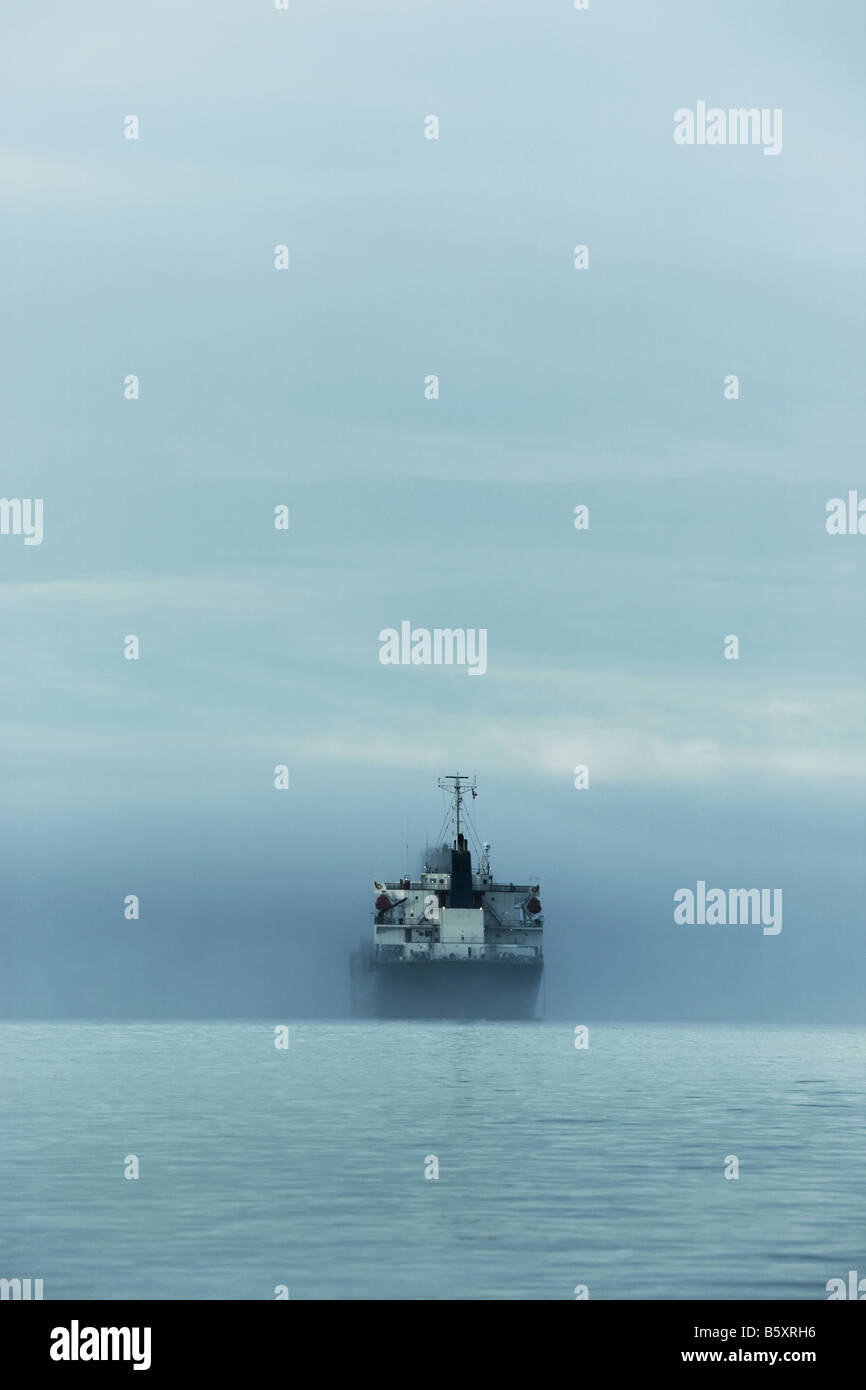

If your boat is new to you, then get familiar with your electronics before fog rolls in, so that using the chartplotter and radar are second nature. Step outside occasionally and use your faculties. I know it’s tempting to stay in a cozy wheelhouse watching the radar and chartplotter, but don’t remain glued to the screen. The lookout heard the fishermen yelling for help, but the crew didn’t see them or pick them up on radar.

I know someone who came across two fishermen sitting on top of an overturned boat in the fog, only because the bow lookout reported voices wafting through the pea soup. Setting up an extra watch allows one person to be at the helm, concentrating on electronics readouts and radio broadcasts, while another person is looking out and listening. The bigger the vessel, the deeper the tone of the foghorn if the horn sounds scary and has a steady bearing, then you are in a scary situation.īy all means, call for extra help when the fog gets thick. Use whatever electronics your boat is equipped with to sort it out. To identify the oncoming boat, use your senses to try to get a general idea of the bearing and relative movement.


 0 kommentar(er)
0 kommentar(er)
